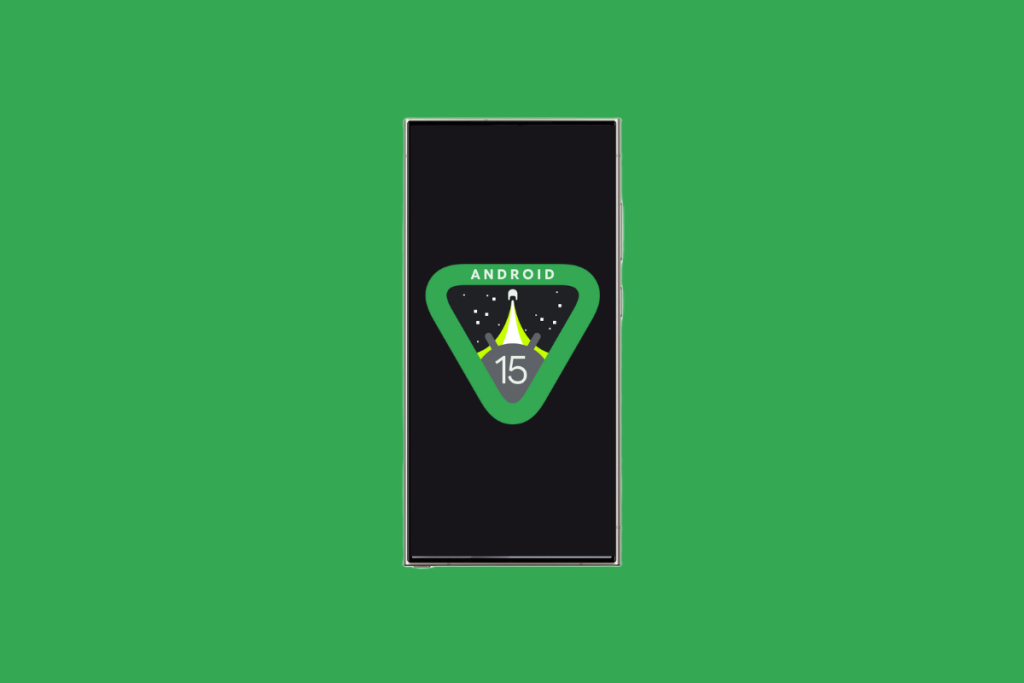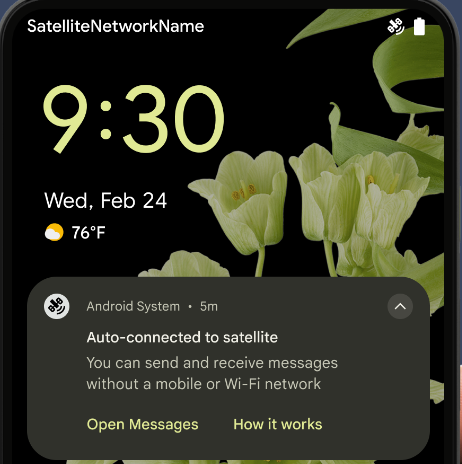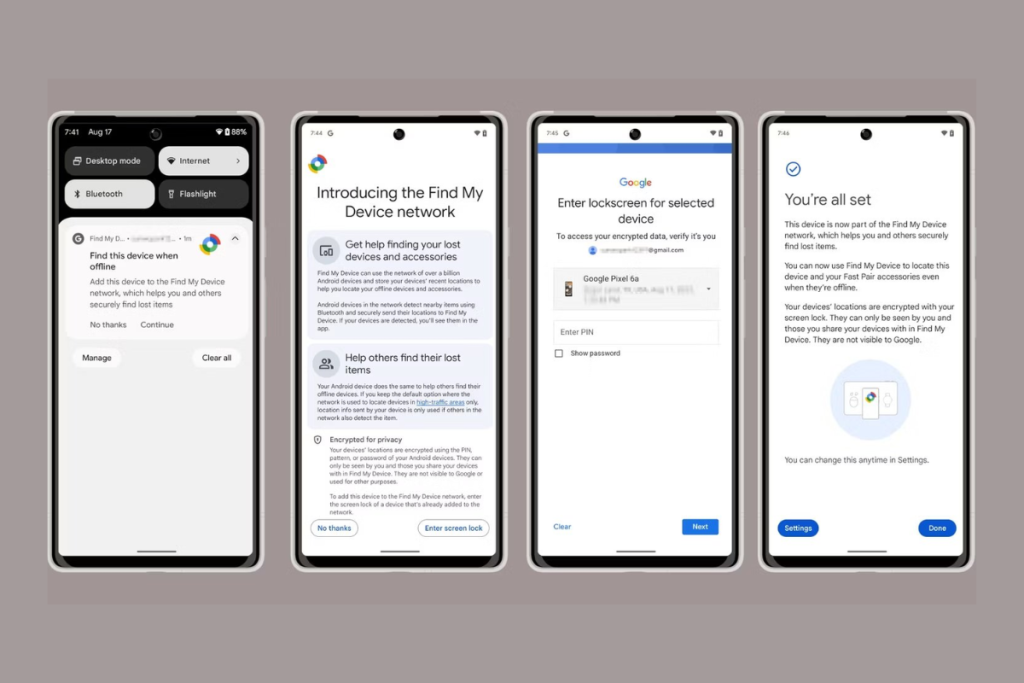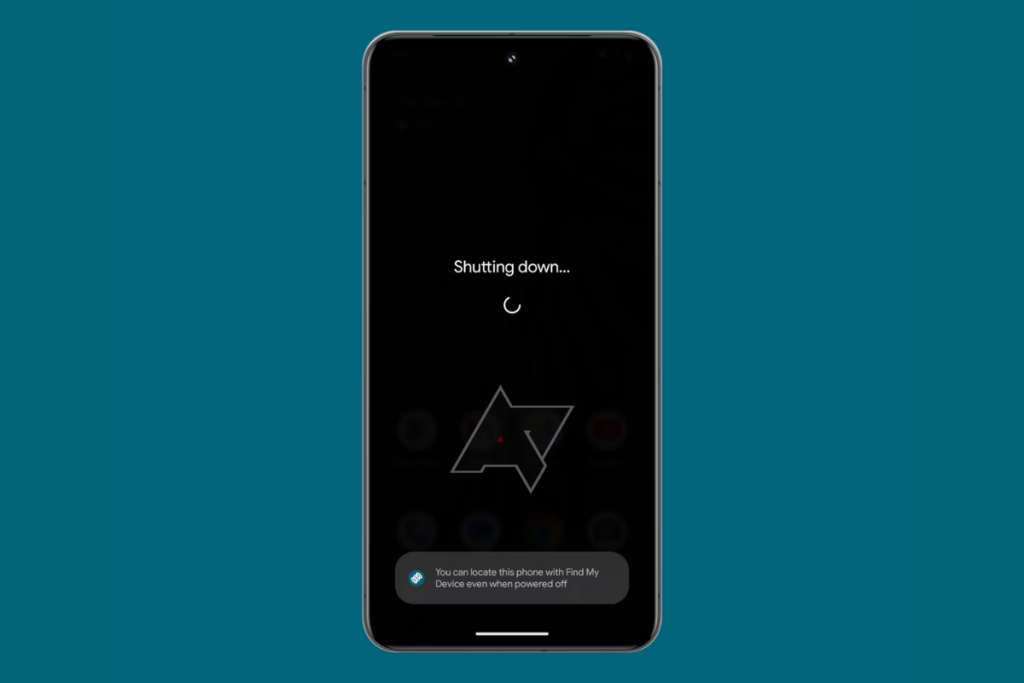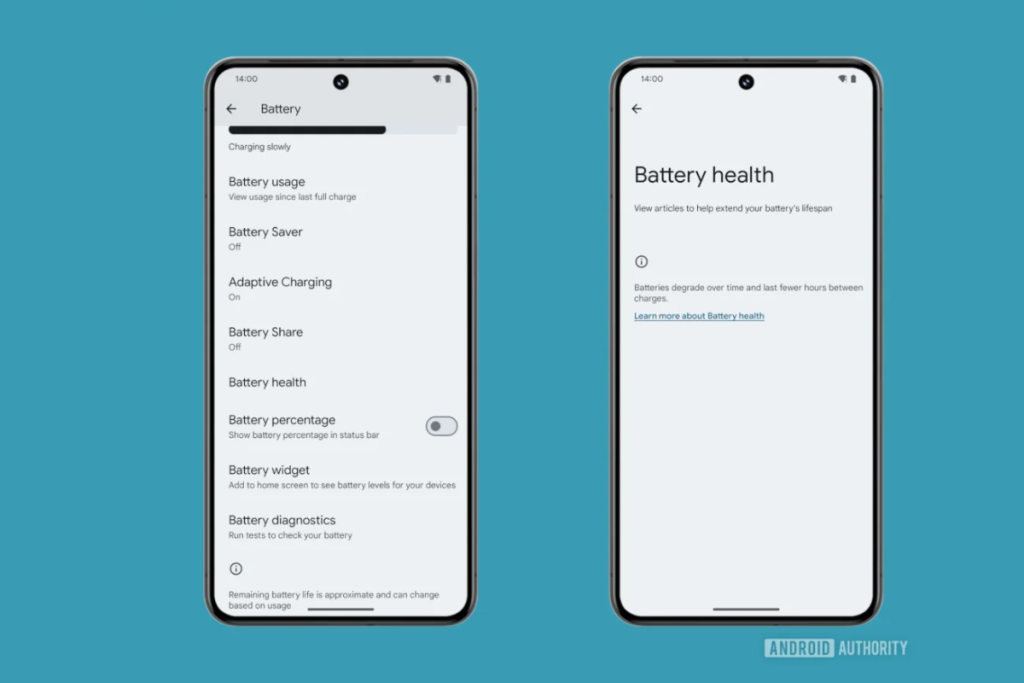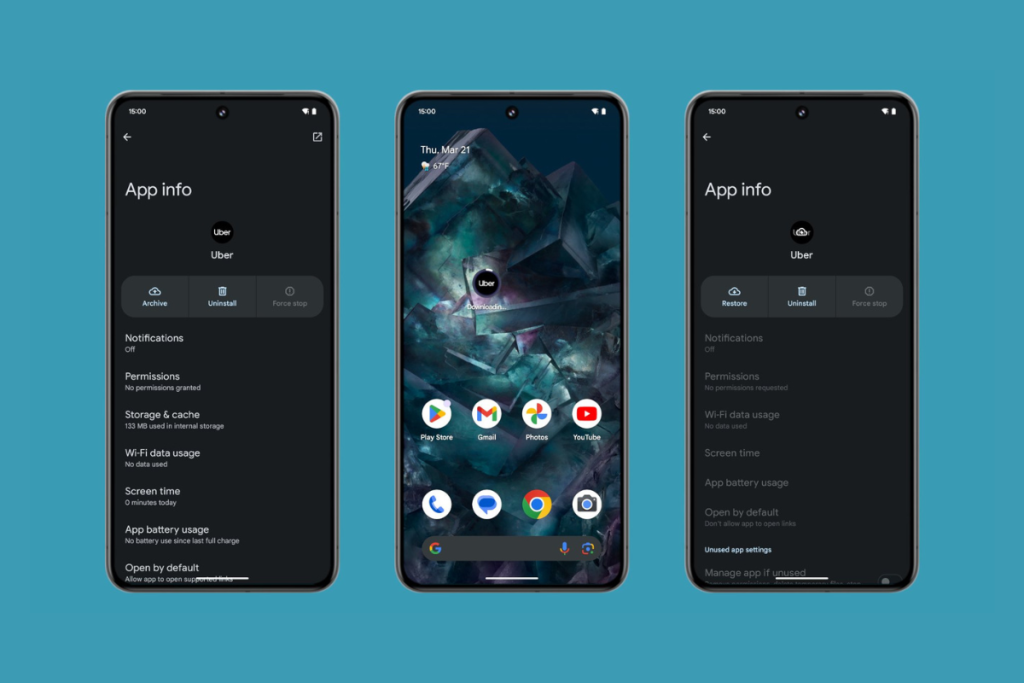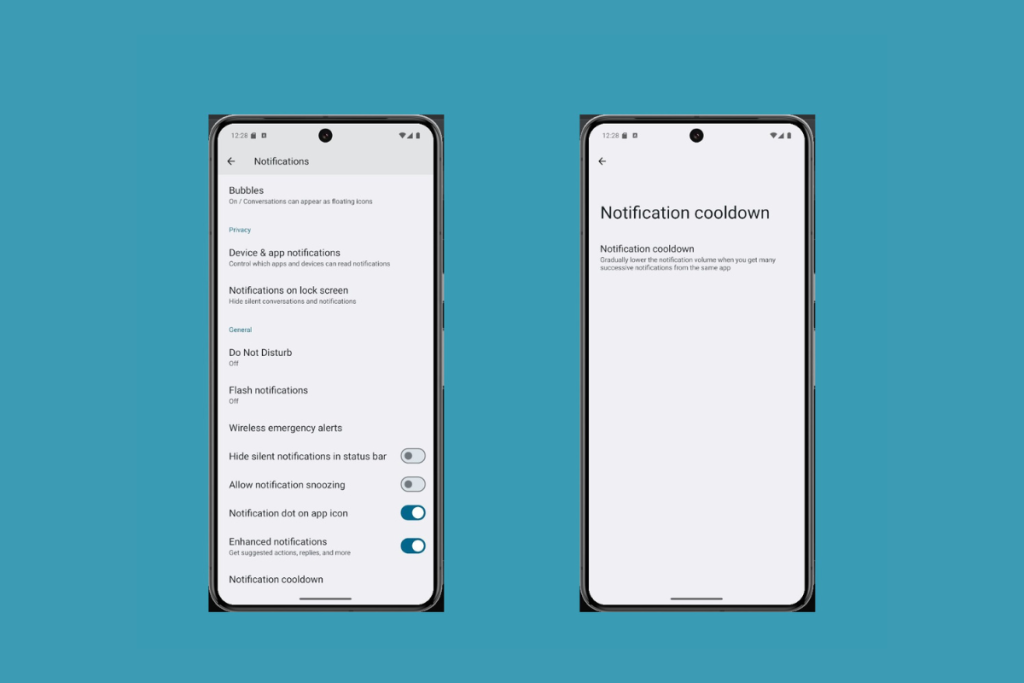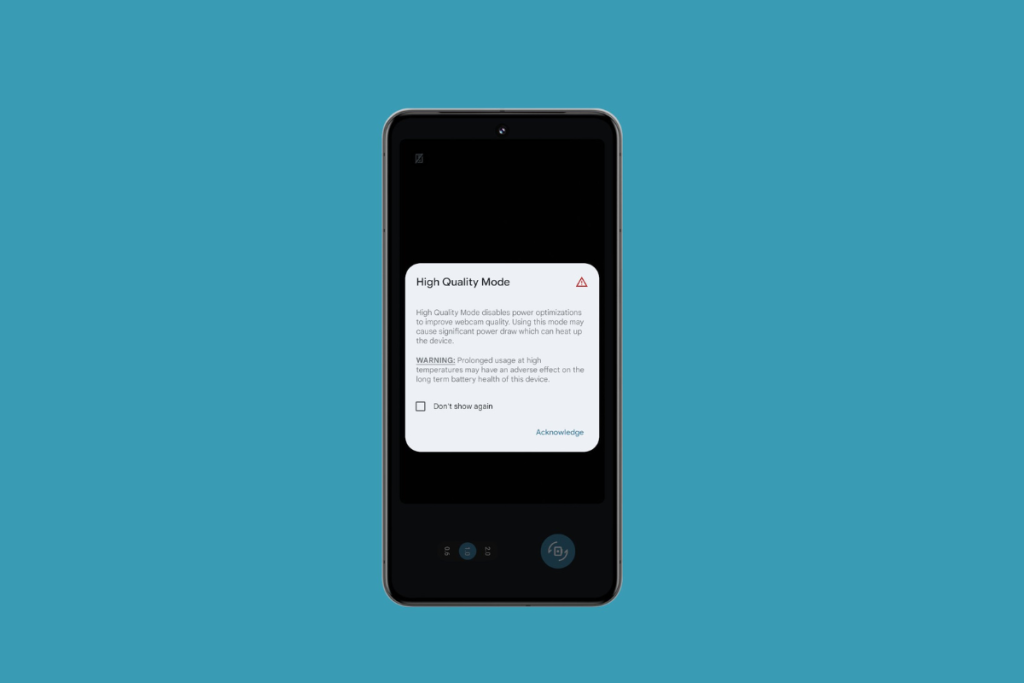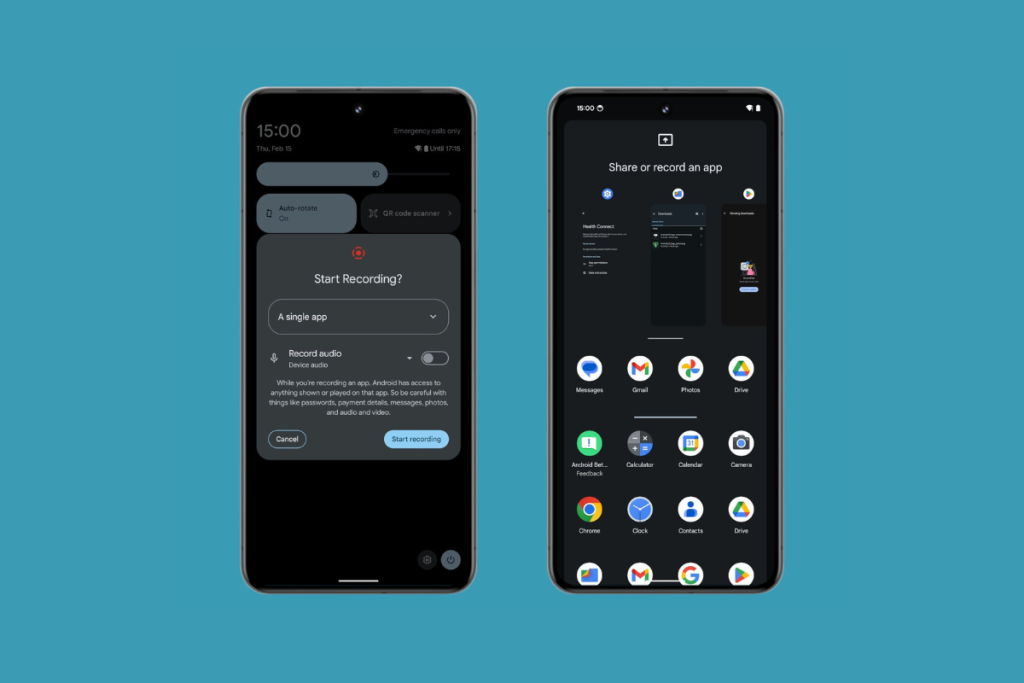While we are still a few months ahead of the Android 15 official release, most of the new features and changes have already been revealed, thanks to developer preview and beta builds. I have gone through all the features that have been discovered in Android 15 so far and can tell you that it’s going to be an exciting OS upgrade.
Android 12 was the last OS upgrade that brought a whole new design language and a plethora of new features. While the recent ones, Android 13 and Android 14, haven’t been very impressive. They didn’t introduce groundbreaking features or any UI changes; felt like minor upgrades.
But Android 15 is coming with plenty of exciting features that’ll make you eagerly wait for it. While you wait for the official release, check out the 10 best features Android 15 will offer.
Satellite Connectivity Support
Ever since Apple announced satellite connectivity support for iPhones, Android users have been desperately waiting to try this. Google has finally listened to them as Android 15 is confirmed to bring this new feature.
With satellite connectivity support, you’ll be able to text your friend even if there are no cell towers nearby. Android 15 also allows SMS apps and preloaded RCS apps to use satellite connectivity support for sending and receiving messages. This means the satellite connectivity will not be limited to emergency uses only. It could be a big blow to Apple, which restricts satellite connectivity support on iPhones for emergency uses only.
Android 15 Developer Preview 2 build supports satellite connectivity at the operating system level. However, we are not sure if the final release will have this feature at the OS level. If this happens all Android 15 phones will have satellite connectivity support, even the budget phones.
Find Your Phone Even if It’s Offline
Google’s Find My Device feature is getting a major upgrade in Android 15. As per the findings by Android Police, all Android 15 phones can ping each other via Bluetooth and can contribute to the network, which will help other Android users find their lost devices.
The Find My Network relies on Android devices broadcasting, which are essentially Bluetooth signals. The nearby Android devices part of the Find My Device network can pick up Bluetooth signals from the broadcasting device and upload the encrypted location details to Google’s servers. Only the broadcasting device owner and the people with access to the encryption key can decrypt the location.
That means billions of Android devices will ping each other via Bluetooth once they’re added to the Find My Device network, and can help others find their lost Android devices. If everything goes well, Android will have a much bigger lost device tracking network than Apple’s Find My network.
Google is also reportedly working on a “Powered Off finding” feature that will allow users to find their Android devices even if it’s powered off. Sadly, this feature can’t be enabled on any Android device running Android 15 or later as it requires hardware support for powering the Bluetooth controller when the device is shut down.
The Pixel 8 models will reportedly support Powered Off Finding once they are upgraded to Android 15. Sadly, this feature won’t come to older Pixel devices, including the Pixel 7 series and Pixel Fold.
Google hasn’t confirmed the Powered Off Finding feature, but it’s likely to be announced at the Pixel 9 series launch in October this year.
Battery Health
Android 15 could allow users to see the battery health of their device. This feature was first spotted in Android 14 QPR2 Beta 2, but it wasn’t fully backed in, and hence never made to any Google Pixel device. It seems Android 15 will make the battery health information accessible to users.
The battery degrades over time because its capacity to hold the charge becomes lesser with time. The battery health feature tells the percentage of original battery capacity remaining, and hence it’s a useful metric that helps users replace the battery at the right time.
Apple iPhones have had the battery health feature for years, and now, it seems to be coming to Android devices with Android 15.
App Archiving
App archiving is a handy feature that lets you save some storage by uninstalling unused apps while keeping user data. So, when you reinstall the app next time, you can get back where you left off. Apple iPhones already have this feature as “offload apps”.
Google already has the app archiving feature through the Google Play Store. The drawback here is you can’t archive apps installed outside of the Google Play Store. Android 15 supports app archiving at the OS level, thus allowing users to archive any installed apps from the app info page.
Android 15 also has an option to automatically archive apps that you don’t use often. When you archive an app, the app icon becomes gray(ish) and shows a download icon, tapping on which redirects you to the Google Play Store to download the app. You can also unarchive an app by tapping Restore on the app info page.
Notification Cooldown
Another useful feature coming to the new Android OS is “Notification cooldown.” It lowers the volume of successive notifications from the same app. This feature prevents users from getting annoyed by too many notifications.
The notification cooldown was spotted in the first Developer Preview build of Android 15 but was hidden in the first beta. Probably, Google is taking more time in baking this feature before releasing it to the public.
Folks at Android Authority have also spotted a new toggle called “vibrate when unlocked” in fresh builds of Android 15. Enabling it will prevent your locked phone from vibrating when you receive successive notifications from the same app. The device will only vibrate for successive notifications when it’s unlocked.
High-Quality Webcam Mode
There are many third-party apps to use your smartphone as a webcam for your PC. But what’s better than having it natively integrated into the system? Well, Google introduced this feature in the Android 14 QPR 1 release for Pixel smartphones, but the output was below average.
Android 15 introduces a new high-quality webcam mode that results in significantly improved video quality. There’s a new “HQ” symbol in the webcam preview that enables this new webcam mode. It disables power optimizations on the device to offer better video quality. Hence, an increased battery drain if used for a longer duration.
Partial Screen Sharing
Partial screen sharing is another useful and privacy-focused addition to Android 15 that allows users to share and record a single app rather than the entire screen. So, you can stay calm even if you mistakenly open an app that you didn’t want while screen sharing.
This feature was first introduced in Android 14 QPR 2 on Pixel devices but will now be available to all Android 15 devices. The new OS might offer additional privacy features such as private space and sensitive notifications, which I’ll cover later in this post.
Edge-to-Edge Apps by Default
Android smartphones can show more content than before, thanks to slim bezels and large screen sizes. However, many apps don’t use the entire height and width to show their content. Android 15 resolves this by forcing all apps to go edge-to-edge by default, improving the user experience.
Private Space
Android 15 might introduce Private Space for securing your important apps and files. As the name suggests, it creates a private space where you can add apps and data, and use a different password or PIN for better security. Samsung phones already have a similar feature with a different name “Secure Folder.”
Users will be able to hide private space from the apps list, change the lock screen, install apps in private space, and delete private space.
Google still hasn’t announced Private Share as I write this post. However, we believe that one of the upcoming Android 15 beta builds will include this feature.
Sensitive Notifications
OTP frauds have been growing exponentially. One of the major reasons is malicious third-party apps with access to messages. They can read all your messages, including those containing OTPs, and can use them for all sorts of negative purposes. Android 15 aims to fix that by introducing “Sensitive Notifications” that prevent malicious apps from reading your OTPs.
These are the 10 best features that have been discovered in Android 15 so far. Google may add more features to the new OS until it reaches the platform stability phase. While Android 15 doesn’t have an official release date yet, it’s expected to arrive sometime in October.
Before you leave, don’t forget to check the Motorola, Samsung, OnePlus, and Google Pixel phones that’ll get the Android 15 update. Also, check our Android 15 section for the latest news around the new Android OS.

